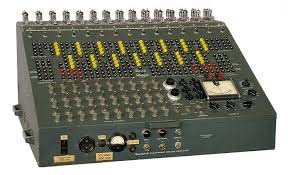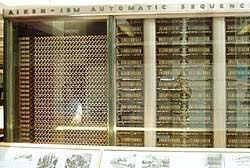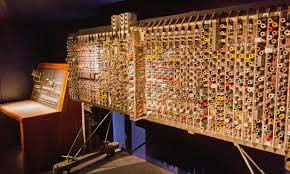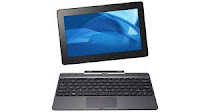Computer system are classified into four categories depending on size and work load vis 1 .MICRO COMPUTER 2. MINI COMPUTER 3. MAIN FRAMES 4. SUPER COMPUTER
| Name | Example | Uses | Amount |
Micro Computer | Personal Computer, work station Computer | easy to use, Home office user, Powertal and for Complex program | affordable price, expensive |
Mini Computer | client/server | Mini Computer are used heavily in transaction & manufacturing unit | Middle Range |
Main FRAMES Computer | IBM SYSTEM | it is mainly used in insurance company, Bank , Airline etc for multiple user | Expensive |
Super computer | PARAM,CRAY 1 &2 | Fastest and most powerful mechine for long data calculations | very expensive |
Basic of computer organisation
The Mordan computer architecture is based on John Von Newourn architecture.
| INPUT | CPU
| OUTPUT |
INPUT DEVICE :- AN input device used to enter data and instructions into COMPUTER
For example :-
OUTPUT DEVICE :- An Out put device is an Electronic mechanical device that accepts data from computer and translates them into a suitable from for use by outside world.
Output Devices generate computer output that are broadly categories in two types
- soft copy output
- Hard copy output
Soft copy output :- A soft copy output is temporary in nature because it does not appear on a pepar or some material. Example of soft copy output Monitor
Monitor :- Monitor are three types
Hard copy output :-A hard copy output is permanent in nature because it appears on a paper or some material.
Example of hard copy output printer.
Printer are bodly two types
-3

































